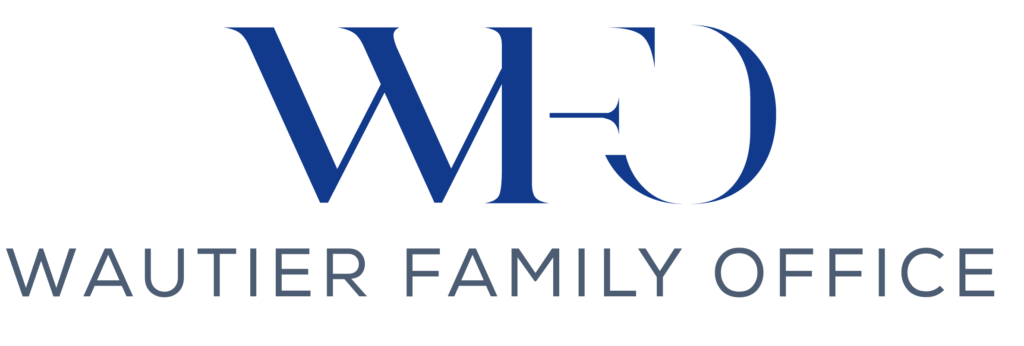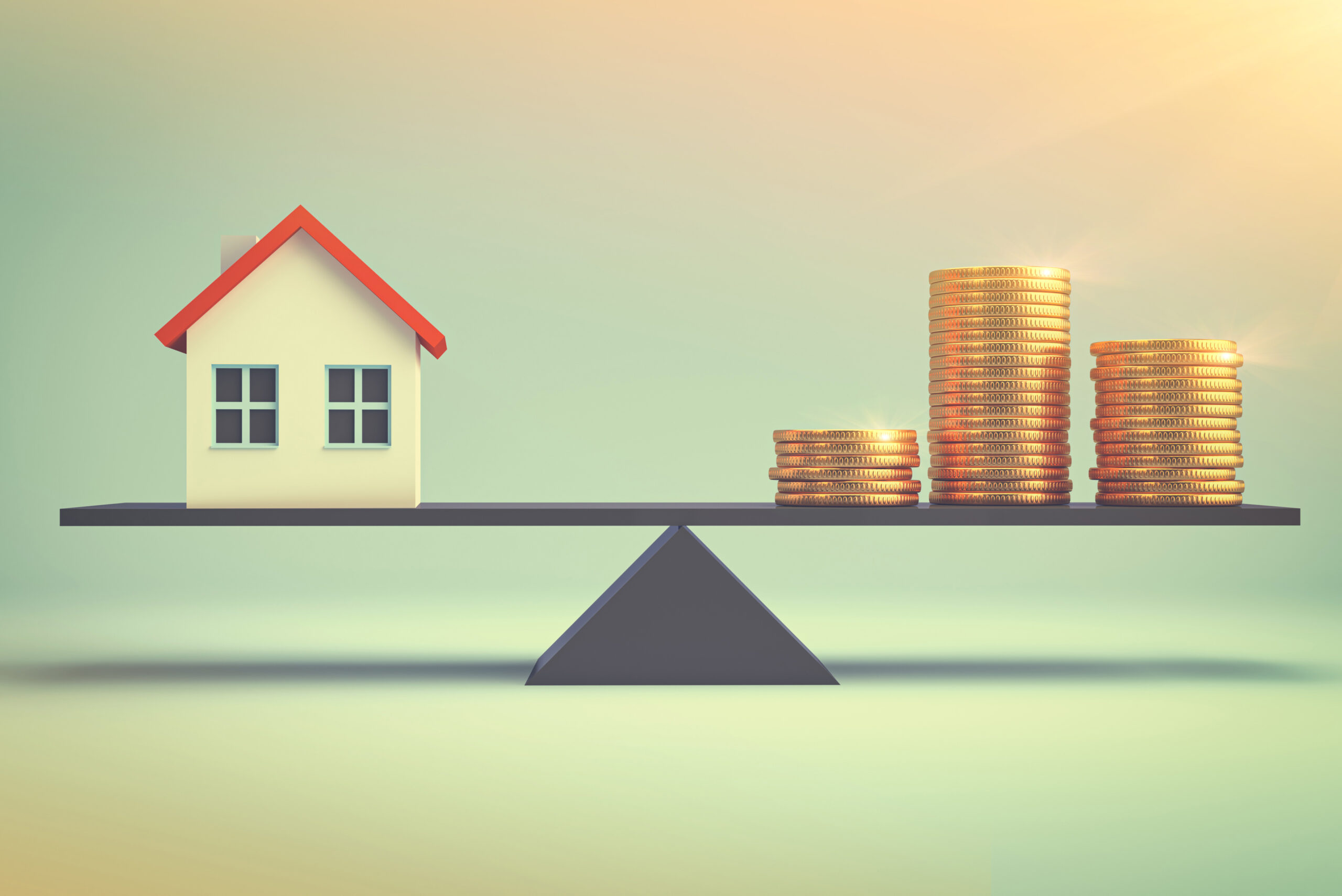How does income inequality affect long-term economic growth and consumer demand? In what ways does income inequality reshape labor markets and stifle innovation? Can rising income inequality undermine political and social stability on a global scale?
Rising income inequality is no longer a fringe concern—it’s a defining feature of modern economies with far-reaching consequences. This blog post delves into how inequality affects macroeconomic fundamentals, including sluggish growth, distorted investment patterns, and weakened consumer demand. It highlights how excessive wealth concentration at the top disrupts the economic engine by reducing overall spending power, fostering speculative bubbles, and undercutting broad-based opportunity.
Beyond the economic numbers, income inequality influences labor markets, human capital development, and even democratic institutions. Wage stagnation, diminished access to education, and growing social unrest are part of a systemic imbalance that affects national and global stability. The article argues that while some degree of inequality is inherent in capitalist systems, unchecked disparities threaten innovation, fairness, and long-term prosperity. With smart policy and collective will, the arc of inequality can be redirected toward a more inclusive future.
The uneven distribution of income and wealth across a population is one of the defining economic issues of our time. The scale and persistence of inequality have grown to levels that now warrant widespread concern from economists, policymakers, and business leaders alike. The widely read works of deep thinkers with a gift for communicating the complex frameworks that underpin income inequality in a world shaped by globalization played a significant role in propelling the debate forward.
Their work exposed the knowledge that developed and developing nations have seen a widening gap between the highest earners and the rest of the population in recent decades. In the United States, for example, the share of national income going to the top 1% has doubled since the early 1980s.
Globally, the World Inequality Report 2022 notes that the top 10% of earners now capture more than half of all income, while the bottom 50% earn just 8%. Such extremes reflect underlying structural shifts in the economy, from globalization and automation to the decline of organized labor and changes in tax policy.
But beyond questions of fairness or social cohesion, income inequality carries real and measurable economic consequences. It shapes how people spend, save, invest, and work. It influences access to education and health. And ultimately, it affects how fast an economy can grow. This article explores the economic implications of rising income inequality, tracing its effects on growth, labor markets, human capital, and long-term productivity.
Table of Contents:
Effects on Education and Human Capital
Savings, Investment, and Consumption Patterns
Public Finance and Fiscal Strain
Political and Social Stability
Innovation and Economic Dynamism
Impact on Economic Growth
At first glance, rising income inequality may indicate that entrepreneurial risk and innovation are being rewarded. But a growing body of evidence suggests that excessive inequality can undermine long-term economic growth.
One of the central mechanisms is aggregate demand. Economies grow when there is sustained, widespread consumption. However, lower- and middle-income households tend to spend a greater portion of their earnings on goods and services than wealthier households. These wealthier households are more likely to save or invest their surplus. When too much income is concentrated at the top, the engine of consumer demand begins to sputter. A society with widespread inequality is one in which a significant portion of the population lacks the purchasing power to participate fully in the economy. The consequence of this dynamic is slower and less inclusive growth.
Income inequality can also distort patterns of capital allocation. As wealth accumulates among a small elite, there is a tendency for over-investment in speculative financial assets and underinvestment in productive enterprises that create jobs or innovate. Instead of funding small business growth or infrastructure, excess capital may chase short-term returns in housing, hedge funds, or cryptocurrency markets, contributing to bubbles and systemic risk.
Labor Market Distortions
Income inequality also has a profound impact on the labor market, beginning with wage stagnation. As the labor share of national income has declined in advanced economies, many workers have seen their real wages flatline despite gains in productivity. This wage stagnation has eroded the economic security of the middle class and weakened the link between effort and reward.
For key sectors such as education, healthcare, and public service, underpayment not only undermines morale but also discourages talent from entering or staying in the field. The result is a misallocation of human capital that affects service quality and long-term outcomes. In contrast, disproportionate compensation in finance, tech, and executive management sectors can lead to incentive structures that reward short-term gain over long-term value creation.
Moreover, rising income inequality reshapes the structure of the labor market itself. As the middle class hollows out, economies polarize into high-skill, high-wage roles and low-skill, low-wage ones. This bifurcation of working-aged adults in a society limits mobility and increases job insecurity for large swaths of the population. When too many workers are trapped in low-wage positions with little chance of advancement, productivity suffers, and the economy loses the dynamism that comes from widespread opportunity.
Effects on Education and Human Capital
Perhaps the most damaging long-term consequence of rising income inequality is its effect on education and human capital development. In an ideal system, talent and effort should determine success. But when economic resources are unevenly distributed, so too are the foundations of opportunity.
In many countries, educational outcomes are closely tied to parental income. Wealthier families can afford private schools, tutoring, extracurricular activities, and college without debt. Poorer families often face underfunded public schools, digital divides, and economic pressures that limit time for learning. This educational inequality compounds over time, resulting in a workforce that is less prepared, less skilled, and less adaptable to change.
The economic cost of this underinvestment is substantial. Lower human capital reduces the potential productivity of entire generations. Innovation slows, entrepreneurship declines, and national competitiveness suffers. Furthermore, when inequality becomes entrenched across generations, it leads to what economists call “intergenerational immobility” —a situation where a child’s future is determined more by the circumstances of their birth than by their own abilities. This represents a profound waste of potential and a drag on long-term economic performance.
Savings, Investment, and Consumption Patterns
One of the more subtle effects of rising income inequality lies in how it distorts saving and consumption patterns. Simply put, not all dollars are spent equally. Lower-income households, often living paycheck to paycheck, tend to spend most of what they earn, fueling demand for goods and services in the real economy. Higher-income households, by contrast, save a much larger share of their earnings. Still, their savings are often directed into financial markets, not necessarily into investments that support broader economic growth.
When a disproportionate share of national income accrues to the top earners, the aggregate propensity to consume declines. This dynamic poses a challenge to consumption-driven economies, where household spending accounts for a significant portion of GDP. In the U.S., for instance, personal consumption comprises roughly 70% of economic activity. As income inequality rises, the engine of that consumption becomes less reliable.
Moreover, the wealthiest investment patterns tend to favor financial speculation in asset classes including real estate, equities, and derivatives. These investments exclude productive investments in small business development or productive infrastructure. This can lead to asset price inflation, detachment from underlying economic fundamentals, and the formation of bubbles. The 2008 global financial crisis is a sobering case study in how skewed financial incentives, combined with an overconcentration of wealth, can destabilize not just markets but entire economies.
Public Finance and Fiscal Strain
Rising income inequality also places a growing burden on public finances. As more individuals fall into economic precarity, governments face increased demand for welfare programs, unemployment benefits, food assistance, and subsidized housing. While these programs are vital to social safety nets, they must be funded. And in this reality of unfunded programs lies the fiscal tension.
On one hand, governments may try to close revenue gaps by taxing wealth and high earners. Conversely, those with greater means often have greater access to tax optimization, political lobbying, and cross-border financial vehicles that reduce their effective tax burden. This results in a regressive tax structure in practice, even where progressive policies are on the books. In some jurisdictions, declining tax contributions from the wealthiest coincide with growing deficits and underfunded public services. It does not take much imagination to see that this is an ideal breeding ground for social and political friction.
Furthermore, as income inequality deepens, so does the ideological divide over fiscal policy. Political pressure builds on both ends of the spectrum for more redistribution (progressive) and more austerity (conservative). The resulting polarization can paralyze policymaking and erode the credibility of institutions responsible for managing public finances. In Europe, the fallout from post-crisis austerity measures in countries like Greece and Spain clearly illustrates how fiscal choices, made in the context of inequality, can spark prolonged economic and social upheaval.
Political and Social Stability
Perhaps the most visible consequence of rising income inequality is its corrosive effect on political and social stability. Across the globe, widening income gaps have fed the rise of populist movements, both on the left and right, driven by frustration with economic systems perceived as rigged or unresponsive to the needs of ordinary citizens.
This is not merely about envy or resentment. When large segments of a population feel excluded from economic progress and are therefore unable to afford housing, education, or healthcare despite working full-time, faith in democratic institutions and the social contract begins to fray.
Trust declines. Voter turnout drops. Cynicism grows.
In extreme cases, these sentiments can culminate in civil unrest, mass protests, or violent demonstrations, as seen during the “Yellow Vest” movement in France or the unrest in Chile sparked by a modest subway fare hike. In both cases, these highly visible and destructive symptoms were manifestations of broader discontent rooted in inequality.
The implications for economic stability are profound. Political uncertainty drives up the cost of capital, deters investment, and disrupts supply chains. It also forces businesses and governments alike to spend increasing resources on risk management rather than growth and innovation.
Innovation and Economic Dynamism
Economic dynamism refers to an economy’s capacity to renew itself through entrepreneurship, innovation, and creative destruction. It depends on broad-based opportunities. Yet income inequality can act as a brake on this process by concentrating resources and risks among too few people.
Great ideas go unrealized when aspiring entrepreneurs lack access to capital, education, or even the financial cushion to take a calculated risk. In contrast, those born into wealth often have access to funding networks, elite institutions, and the freedom to fail without catastrophic consequences. This unequal access to opportunity creates an inefficient allocation of talent, resulting in a loss not only for the individual but for the economy as a whole.
Additionally, competition can suffer as economic power becomes concentrated in fewer corporate hands. Dominant firms may acquire or squeeze out rivals, stifling innovation and entrenching market power. As a result, prices may rise, productivity may stagnate, and consumers may be left with fewer choices. The long-term vibrancy of capitalist economies depends on a level playing field, and rising income inequality quietly erodes the very societal settings on which a level playing field can be maintained.
Global Economic Spillovers
Income inequality is not a purely domestic issue. Its effects ripple across borders, shaping migration patterns, trade relationships, and capital flows. Economic migration becomes a rational response in regions where poverty is entrenched and opportunities are scarce. While often beneficial in the long run, this movement of people can create immediate strain on receiving countries. This is particularly true when it outpaces infrastructure or sparks cultural tension.
Global trade dynamics are also influenced by inequality. Wealth imbalance between nations affects consumption patterns, labor costs, and exchange rates. Countries with higher inequality may see domestic demand weaken, prompting export-driven strategies that can exacerbate global trade imbalances.
Capital, too, seeks escape routes from unstable or inequitable conditions. Investors respond to political risk and social unrest by pulling funds or demanding higher returns. This kind of volatility can destabilize emerging markets, provoke currency crises, and heighten the risk of contagion in an interconnected financial system.
Key Takeaways
Income inequality is not a new phenomenon, but its current trajectory is being accelerated by globalization, automation, and structural economic shifts. It has now reached a level of momentum that demands renewed attention. The consequences are wide-ranging: it distorts consumer demand, suppresses economic growth, undermines labor markets, and places undue strain on public finances. It blocks access to opportunity, dulls innovation, and perhaps most critically threatens the social cohesion that underpins stable democracies and functioning economies.
Yet, for all the complexity of these challenges, the story of income inequality is not pre-ordained to end in crisis. It remains, fundamentally, a problem rooted in design. The design of the systems we choose, the incentives we create, and the values we collectively uphold. And what has been designed can be reimagined.
The solutions are within reach, and many are already being tested.
Smarter tax policy. Equitable access to education. Investment in inclusive innovation ecosystems. Strengthened labor protections. A more balanced partnership between private capital and public purpose.
None of these interventions will work in isolation, but guided by good data, pragmatic policymaking, and genuine political will, they can bend the arc toward a more resilient, dynamic, and just economy. Some degree of inequality is both inevitable and even necessary for a functioning market economy. But our collective goal must be to prevent inequality from calcifying into a permanent economic underclass and a destabilizing political force.
The great paradox of our time is that we live in an era of extraordinary wealth and technological possibility, yet the benefits remain so unevenly shared. Bridging that divide will require not just economics, but imagination and a shared belief that better is indeed possible.




